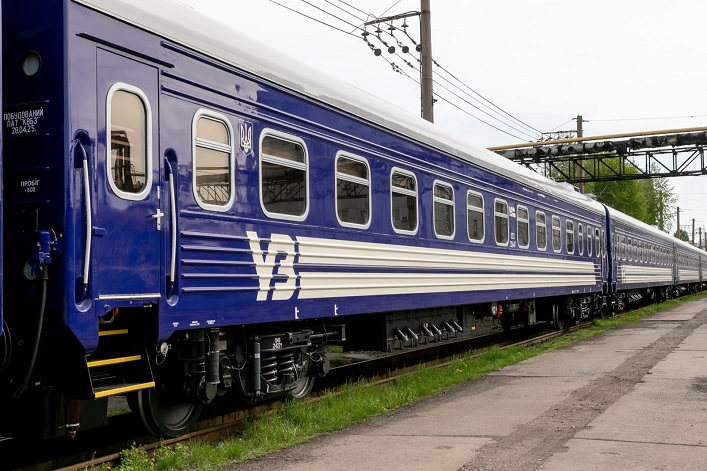Despite the war, persistent shelling of infrastructure, and risks to staff, UZ has shown consistent growth in passenger numbers. Last year, 65.7 million people traveled by train, one million more than in 2023. This marks the second consecutive year of growth after a catastrophic 2022, when Russia’s full-scale invasion reduced transportation to 57.4 million passengers.
Prior to the invasion, UZ carried over 150 million passengers annually, averaging 161 million from 2016 to 2019. The decline to 68.3 million in 2020 was due to the pandemic, and the drop in 2022 was the result of the full-scale invasion.
Last year, UZ posted a net loss of ₴2.71B, but in 2023 it turned a profit of ₴5B. In the pandemic’s first year, losses neared ₴12B, and during the first year of full-scale war, losses reached ₴9.6B. The primary cause behind these losses is low passenger train fares. Passenger transportation in Ukraine doesn’t cover its costs and relies on freight subsidies.
The State Railway also plans to service its debt obligations by making coupon payments on July 9 and 15 for its $900M in Eurobonds with maturity dates in 2026 and 2028, despite worsening market conditions and liquidity shortages.
